Every year, new motorcycles hit showrooms around the world — and every year, Canadian riders get hit with a dose of FOMO. From retro scramblers to high-tech sport tourers, there’s no shortage of incredible bikes being sold in Europe and Asia that never make it to Canadian dealerships.
It’s not that they wouldn’t be useful here. In fact, many of these machines seem perfectly suited for Canadian riding — long distances, unpredictable weather, mixed terrain. So why aren’t they available? The answer usually comes down to emissions regulations, small market size, or manufacturers simply not thinking we’d buy them.
In this post, we’re diving into five standout production bikes that are currently sold overseas — and why we wish we could throw a leg over them right here in Canada.
Yamaha Tracer 7 GT

The 2025 Yamaha Tracer 7 GT is a mid-weight sport-tourer built around Yamaha’s famed 689 cc CP2 twin.
Yamaha’s Tracer 7 GT is a crossover between a sportbike and an adventure-tourer, offering the lively 689 cc parallel-twin from the MT-07 with added touring comfort. This Euro-centric model produces about 72 hp and 50 lb‑ft of torquein a smooth, Euro 5-compliant tune . Designed for versatile riding, it features an upright ergonomic layout with a half-fairing for wind protection, making it ideal for long highway stints or spirited rides on backroads. The GT package adds touring amenities: a taller windscreen, factory hard panniers, heated grips, a center stand, and upgraded suspension (including a remote preload adjuster on the rear shock). Modern electronics—ride-by-wire throttle, traction control, three riding modes, and cruise control—are managed through a 5-inch TFT display with smartphone connectivity , giving this bike a high-tech edge.
Why riders want it: The Tracer 7 GT hits a sweet spot for many riders. It’s significantly lighter and more agile than liter-class tourers, yet it offers real touring capability. With its punchy CP2 engine and comfortable suspension, it’s praised for combining “long-haul comfort without sacrificing that hooligan edge” of the MT-07. Canadian riders would appreciate its balance of everyday practicality and fun – perfect for commuting during the week and exploring winding mountain roads on weekends. The stock luggage and windscreen, plus features like heated grips, mean it’s well-suited for Canada’s mixed conditions (from chilly mornings to long highway stretches). The Tracer’s manageable size and excellent fuel economy would also shine in Canada, where riders often cover long distances between towns.
Why it’s not in Canada: Despite its appeal, Yamaha has never officially brought the Tracer 7 to North America. The likely reasons are strategic and market-driven. In Europe, mid-sized bikes thrive due to tiered licensing and fuel costs, but in Canada and the US, many buyers in the sport-touring category opt for larger models (like Yamaha’s own Tracer 9/GT). Yamaha may have feared the Tracer 7 would cannibalize MT-07 sales or not justify the cost of Canadian certification given expected sales. As one industry observer noted, a middleweight sport-tourer popular in Europe might not sell as well in North America’s different market “where circumstances are very different”. In short, projected profit is the deciding factor – Yamaha likely felt that the Tracer 9 and Tenere 700 already cover the market, and a Tracer 7 would be a niche within a niche. Thus, Canadian enthusiasts are left watching this “dream sport-tourer we can’t have” from afar.
Honda X-ADV 750

Honda’s X-ADV is a unique “adventure scooter” blending a scooter’s ease with an ADV bike’s ruggedness.
The Honda X-ADV 750 is a crossover that defies conventional categories: part maxi-scooter, part adventure motorcycle. It uses a 745 cc parallel-twin (shared with the NC750 series) making around 57–58 hp and 51 lb‑ft of torque, paired to Honda’s DCT (Dual Clutch Transmission) automatic gearbox. With its motorcycle-style aluminum frame, long-travel suspension, chain final drive, and 19″/17″ spoked wheels, the X-ADV can tackle rough roads and light off-road trails. Yet it also offers scooter-like practicality: a step-through design, a roomy 22 L underseat storage compartment, and twist-and-go convenience. The latest 2025 model brought styling tweaks (integrated LED DRL signals) and new tech like standard cruise control, multiple riding modes, and a 5-inch TFT dash with Bluetooth connectivity. Riders sit upright behind a height-adjustable windscreen, enjoying a commanding view in traffic. Essentially, the X-ADV can commute through city traffic on weekdays and venture down gravel backroads on weekends, all with the same machine.
Why riders want it: European riders have embraced the X-ADV’s do-it-all character – it has even become one of Honda’s best-selling models there. For Canadian conditions, the X-ADV could be incredibly useful. It’s well-suited to urban commuting (easy handling, automatic transmission for stop-and-go) and inclement weather (ample wind protection and storage for gear). At the same time, it’s tough enough for Canada’s potholed roads or exploring country lanes and campsites. With features like heated grips (optional), hand guards, and a large fuel tank, it would make a reliable 3-season ride – from spring rains to autumn chills. The dual-clutch transmission is also appealing for new riders or those who want to focus on the scenery instead of shifting, making motorcycling more accessible. Canadian riders who value practicality and versatility can easily imagine the X-ADV as a one-bike solution for commuting, touring, and adventuring.
Why it’s not in Canada: The X-ADV has never been officially sold in North America, and this boils down to market taste and pricing. North American buyers historically shy away from maxi-scooters – past large scooters (like the Suzuki Burgman 650) sold poorly. The X-ADV’s ~$15,000 USD equivalent price tag in Europe would be a hard sell in Canada, where that sum buys a much more powerful motorcycle or ATV. Honda likely believes that most Canadians looking for adventure capability will opt for a traditional bike (like the Africa Twin or Transalp), and those wanting a scooter will go for smaller, affordable models. In other words, the X-ADV occupies a niche too “weird” and small for our market. As RideApart put it, “Absolutely zero of these have made it to the US” and one reason is skepticism that riders here would “get on board with this level of style and practicality in a single package – especially not at the price Honda is asking”. Regulatory hurdles (emissions and safety certification) are likely minor since the base bike meets Euro5 standards, but the real barrier is perceived demand. Until Canadian scooter culture grows or more riders clamor for it, Honda sees the X-ADV as a risk not worth taking in Canada.
Fantic Caballero 700 Scrambler

The Fantic Caballero 700 is a retro-styled scrambler with genuine off-road chops.
The Fantic Caballero 700 Scrambler is an Italian-made, middleweight scrambler that packs serious hardware beneath its vintage look. At its heart is a 689 cc parallel-twin engine — notably, the very same “CP2” engine from Yamaha (as used in the MT-07 and Tenere) known for its reliability and grunt. In the Caballero 700, this engine produces roughly 74 hp and a healthy torque punch, giving the bike lively performance on both pavement and dirt. True to scrambler ethos, the Caballero isn’t just a styling exercise: it’s built on a robust steel perimeter frame with long-travel 43 mm Marzocchi USD forks and an adjustable rear shock. It rolls on dual-sport knobby tires and features Brembo brakes to confidently scrub speed off-road or on. Weighing about 175 kg (385 lbs) wet, it’s relatively light for a 700cc class machine. Design-wise, the bike oozes retro charm – a flat seat, high-mounted twin exhausts, wire-spoke wheels, and a minimalistic LED headlight evoke the 1970s scrambler era, even as modern touches like fuel injection and ABS keep it current. Fantic has even released special Travel and Deluxe editions with luggage options or stylish trim, underscoring the Caballero’s mix of functionality and fashion.
Why riders want it: The Caballero 700 is notable for combining Italian style with proven Japanese engineering. Riders in Canada would likely find it a desirable alternative to more common retro bikes. Its off-road capability (real suspension travel and scrambler tires) means it isn’t afraid of gravel fire roads, forest trails, or rough cottage country paths – perfect for Canadian adventurers who want to explore beyond asphalt. Yet it remains a manageable street bike for daily use, with a punchy engine that’s plenty of fun on city streets or winding mountain roads. The classic scrambler design is undeniably cool and would turn heads at bike nights or coffee shops. Essentially, the Caballero offers a carefree, nostalgic riding experience (think sliding around dirt roads or cruising to the beach) but with modern reliability. In a country where both heritage aesthetics and the call of the wild are appreciated, a bike that can “perform off-road — and looks good doing it” hits a sweet spot. Canadian riders who appreciate bikes like the Triumph Scrambler or Ducati Desert Sled would surely be excited by this Italian entrant in the class, especially with that famous Yamaha engine known for its “grunty torque and bulletproof reliability”.
Why it’s not in Canada: The main reason is that Fantic as a brand has no official presence in North America. Fantic Motor is a boutique manufacturer; outside Europe, its distribution is extremely limited (primarily focused on off-road competition bikes). Without an established dealer and support network in Canada, importing a complex road-legal bike like the Caballero 700 is a big challenge. Additionally, getting the Caballero certified for Canadian road use (emissions, safety standards like DOT lighting, etc.) would require time and money that a small company may not justify for the relatively small NA market. There’s also the business case: Fantic would be up against well-known brands with similar products (Triumph, Ducati, Yamaha) and might project low sales volume in Canada. The bike’s niche appeal (retro scrambler at a premium price) could make it a tough sell in a market that tends to gravitate toward either budget-friendly bikes or established marques. Lastly, being a European specialty bike, the Caballero 700 is “still not coming to the US” as of its latest updates – and if it’s not in the US, it’s almost certainly not in Canada either. Enthusiasts on this side of the Atlantic simply have to admire this “forbidden fruit of the scrambler world” from afar, unless they attempt a difficult gray-market import.
Honda GB350 (CB350)

The 2025 Honda GB350S, a retro single, carries classic CB styling that appeals globally.
Honda’s GB350 – sold as the H’ness CB350 and variants in Asia – is a modern retro standard motorcycle that revives the spirit of the old CBs in a small-displacement package. It is powered by a simple 348 cc air-cooled single-cylinderengine, putting out about 20.7 hp @ 5,500 rpm and 21 lb‑ft of torque @ 3,000 rpm. Those figures won’t set any speed records, but the motor is tuned for smooth, torquey low-end response – perfect for relaxed riding and newbies. The bike features a 5-speed gearbox, a standard double-cradle frame, and rides on modest 19″ front/17″ rear wheels (with road-oriented tires). Styling is a highlight: it has a charming 1960s-1970s UJM (Universal Japanese Motorcycle) look, with a teardrop fuel tank, round headlamp, chrome fenders and mirrors, and even fork gaiters on some trims. Despite the vintage vibe, it isn’t stuck in the past – you get fuel injection, front and rear disk brakes with ABS, LED lighting, and a hybrid analog/digital gauge cluster. The seat height is a very approachable ~800 mm (31.5″) and the bike’s weight is around 180 kg, making it unintimidating to handle. Essentially, the GB350 is Honda’s answer to bikes like Royal Enfield’s Classic 350: easy-going, classically styled, and built for enjoying the ride rather than chasing speed.
Why riders want it: Ever since Honda launched this model in India in 2020, riders worldwide have shown interest in its blend of heritage and simplicity. In Canada, a bike like the GB350 could attract a range of riders – from brand-new motorcyclists to seasoned folks who fondly remember the original CB350 of the 1970s. Its retro look and thumpy exhaust note exude nostalgia, and it offers a laid-back riding experience that suits casual cruises, downtown commuting, or country backroads. Importantly, the GB350 would be affordable and efficient: its small single-cylinder sips fuel and keeps insurance costs low, yet it’s robust enough to be a daily runabout. In Canadian conditions, the bike’s straightforward design means easy maintenance and reliability (it’s built in India with an eye towards rough road durability). For urban riders, the light weight and neutral ergonomics are great for navigating city traffic or parking in tight spots. And while it’s not built for highways, it can handle secondary highways and rural routes – imagine a scenic Sunday ride at a relaxed pace, which is exactly this Honda’s forte. The success of Royal Enfield’s 350cc models in Canada shows there’s an appetite for retro, modest-powered bikes; the GB350 would give enthusiasts another option, backed by Honda’s legendary quality. It’s simply a charming motorcycle that reminds us why uncomplicated bikes can be so enjoyable.
Why it’s not in Canada: Despite its global popularity, until recently Honda limited the 350 to Asian markets (and just now Europe). The GB350 is not officially sold in Canada or the US, likely for a few reasons. First, Honda’s North American lineup has traditionally focused on larger-displacement bikes – a 20 hp, air-cooled single might be seen as too underpowered for Canadian highways and rider expectations. Honda Canada may have feared that the sales volume wouldn’t justify the costs of homologation (emissions and safety testing) and distribution. North American regulations (EPA, CARB, etc.) can be stringent, and the GB350’s engine, designed primarily for India, might have needed modifications to pass them. Another factor is competition and positioning: in India and emerging markets, this Honda fights Royal Enfield for market share, but in Canada that niche is small (Royal Enfield does sell 350s in Canada, but in limited numbers). Honda might have worried about cannibalizing its CBR300R/CB300F or Rebel 300, which occupy the entry-level segment in NA with a more modern spin. Essentially, it may not have seemed worth the effort when Canadian riders could be encouraged toward a CB500 or Rebel 500 instead. That said, Honda enthusiasts have been vocal – the lack of the CB350 in the West was often questioned in forums. Indeed, it took five years for Honda to even bring it to Europe, which just happened for the 2025 model. So far, “people in the US are more than slightly jealous” about Europe finally getting the GB350S. We in Canada remain in the same boat; unless Honda sees a business case (or uses the bike to draw in new riders), the GB350 will remain a compelling little machine that’s officially not on our showroom floors.
Kawasaki Ninja 125

Kawasaki’s Ninja 125 is a 15 hp sportbike designed for Europe’s A1 license class.
The Ninja 125 is Kawasaki’s smallest fully-faired sportbike, created to meet Europe’s A1 license requirements (accessible to riders as young as 16–17). It has a 125 cc liquid-cooled single-cylinder engine making the class-legal maximum of around 15 hp (11 kW) at 10,000 rpm and ~11–12 Nm of torque. While modest in output, this high-revving engine delivers “characteristic Ninja top-end thrills” for new riders. The bike’s chassis is impressively upmarket for the category: a steel trellis frame (painted Kawasaki Racing Green), 37 mm telescopic fork, monoshock rear suspension, and 17″ sportbike wheels . At a glance, the Ninja 125 looks every bit a scaled-down sport machine – its sharp fairing and graphics are inspired by the ZX-10R superbike (Jonathan Rea’s WorldSBK livery). With a curb weight around 148–150 kg, it’s light and nimble to handle. It also comes with modern essentials like ABS brakes (front and rear discs), a digital LCD instrument panel, and an Ergo-Fit system that allows adjusting the rider’s ergonomics slightly. The Ninja’s riding position is sporty but not extreme, to accommodate beginners. In essence, this bike offers young riders in Europe a proper sportbike experience in a pint-sized, learner-friendly package.
Why riders want it: In regions with graduated licensing, bikes like the Ninja 125 are hugely popular as they allow new riders to learn on a machine that isn’t intimidating but still looks “cool.” For Canadian riders, the Ninja 125 is intriguing as a city-friendly sportbike or a collectible oddity. It’s extremely approachable – the low power and weight make it easy to control, and the seat height (~785 mm) is welcoming. In urban settings, a Ninja 125 would be a blast: its slim profile and agile handling are perfect for darting through traffic or carving tight corners. It also sips fuel (small singles are very efficient), so it’s as economical as motorcycles get. Additionally, some seasoned riders might find it fun to have a lightweight bike to hone their skills or even for small-displacement racing leagues or track days. It’s essentially a street-legal sportbike that you can wring out to redline in every gear without hitting illegal speeds – there’s a certain joy in that. In Canada’s big cities or college campuses, a Ninja 125 would make an excellent first bike: eye-catching and sporty (it proudly wears the Ninja badge), yet unthreatening. Considering Canada’s insurance rates for new riders, a 125cc could also offer significantly cheaper insurance premiums than a 300cc class bike. It’s a motorcycle that proves you don’t need huge horsepower to have fun on two wheels.
Why it’s not in Canada: The Kawasaki Ninja 125 is not officially sold in Canada (or the US) – and the primary reason is our licensing and market preferences. Unlike Europe, Canada doesn’t have a tiered license that limits beginners to 125 cc, so most new riders here go straight to bikes in the 300–400 cc range. A 125cc sportbike would struggle in North America, where even novices expect to ride on highways; a 15 hp bike is borderline for maintaining freeway speeds, especially against strong winds or hills. Kawasaki likely determined that the demand for a tiny sportbike in Canada would be very low, especially when the Ninja 400 is available as an entry-level machine. There’s also the cost factor: manufacturing a bike to Euro specs and then certifying it for Canadian standards (which may include things like bilingual labeling, daytime running lights, etc.) might not be worthwhile for the handful of enthusiasts who’d buy one. As a result, Kawasaki kept the Ninja 125 exclusive to Europe (and some Asian markets). Simply put, Canadian riders have the freedom to start on bigger bikes, and the market tends to favor motorcycles that can serve as more than just learner toys. Thus, while the Ninja 125 is “a great way to say you’ve arrived in the world of motorcycling” for a European teenager, a Canadian beginner more often swings a leg over a Ninja 400 or Z400. The Ninja 125 remains a rad little sportbike that North Americans can only read about – “coming only to the European market… le sigh”, as one reviewer quipped.

From Yamaha’s long-range Ténéré 700 World Raid, to the funky and functional Honda X-ADV, to scramblers, singles, and mini-Ninjas — there’s no shortage of bikes we’re missing out on here in Canada. Some would be amazing for tackling gravel roads in the BC backcountry, others would make unbeatable commuters or weekend cruisers.
Unfortunately, regulations, dealer support, and market strategy often keep these bikes out of reach. But that doesn’t mean we have to stop dreaming — or asking. If enough Canadian riders show interest, manufacturers may eventually take notice.
Have a bike you’ve been watching from afar that you wish was sold in Canada? Who knows… maybe one of these will show up in a showroom sooner than we think.
#JoeRocket
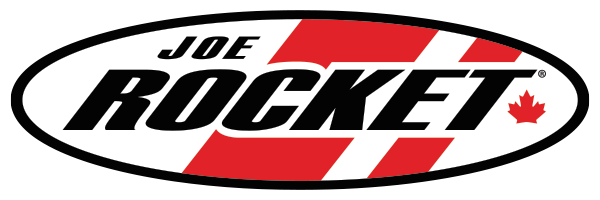
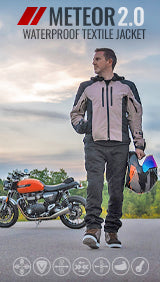
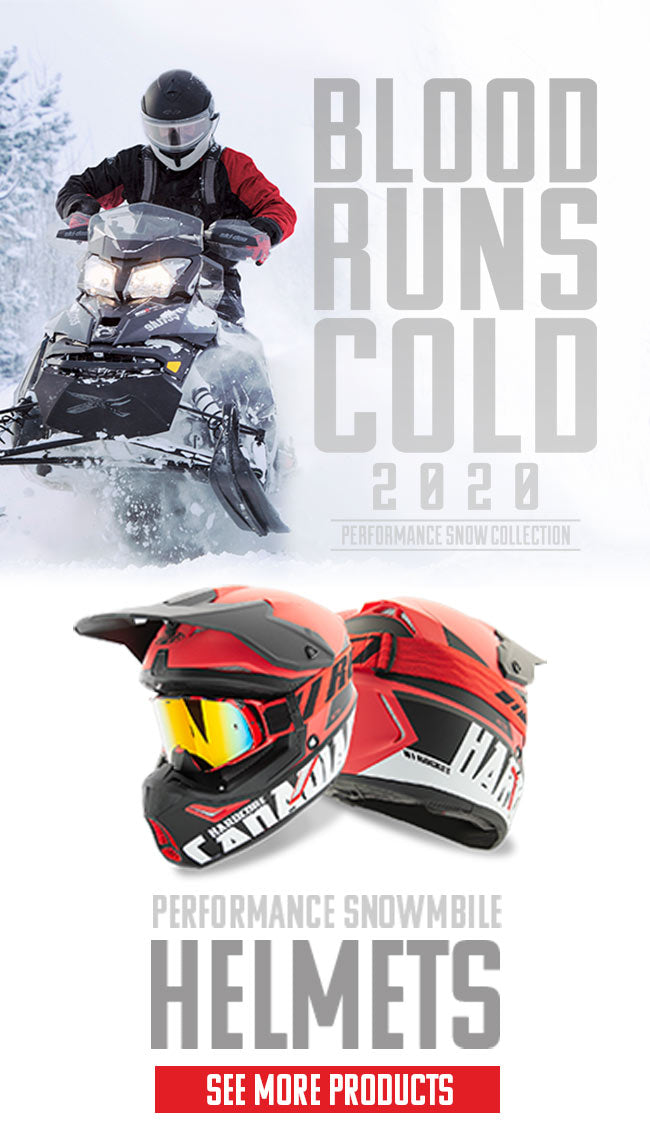

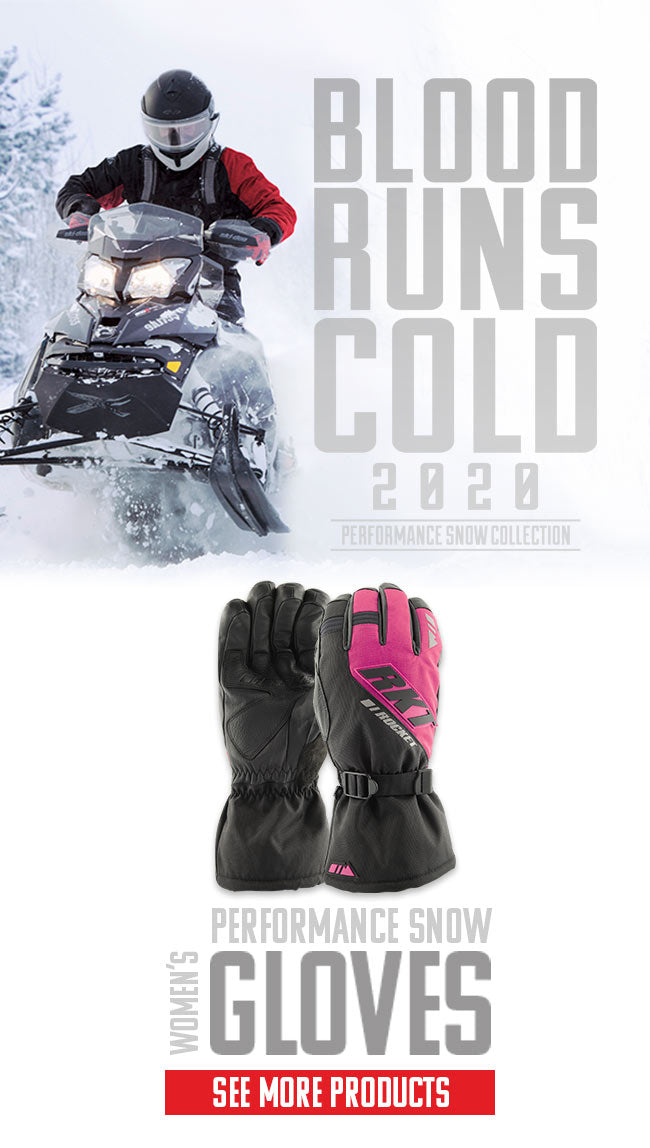
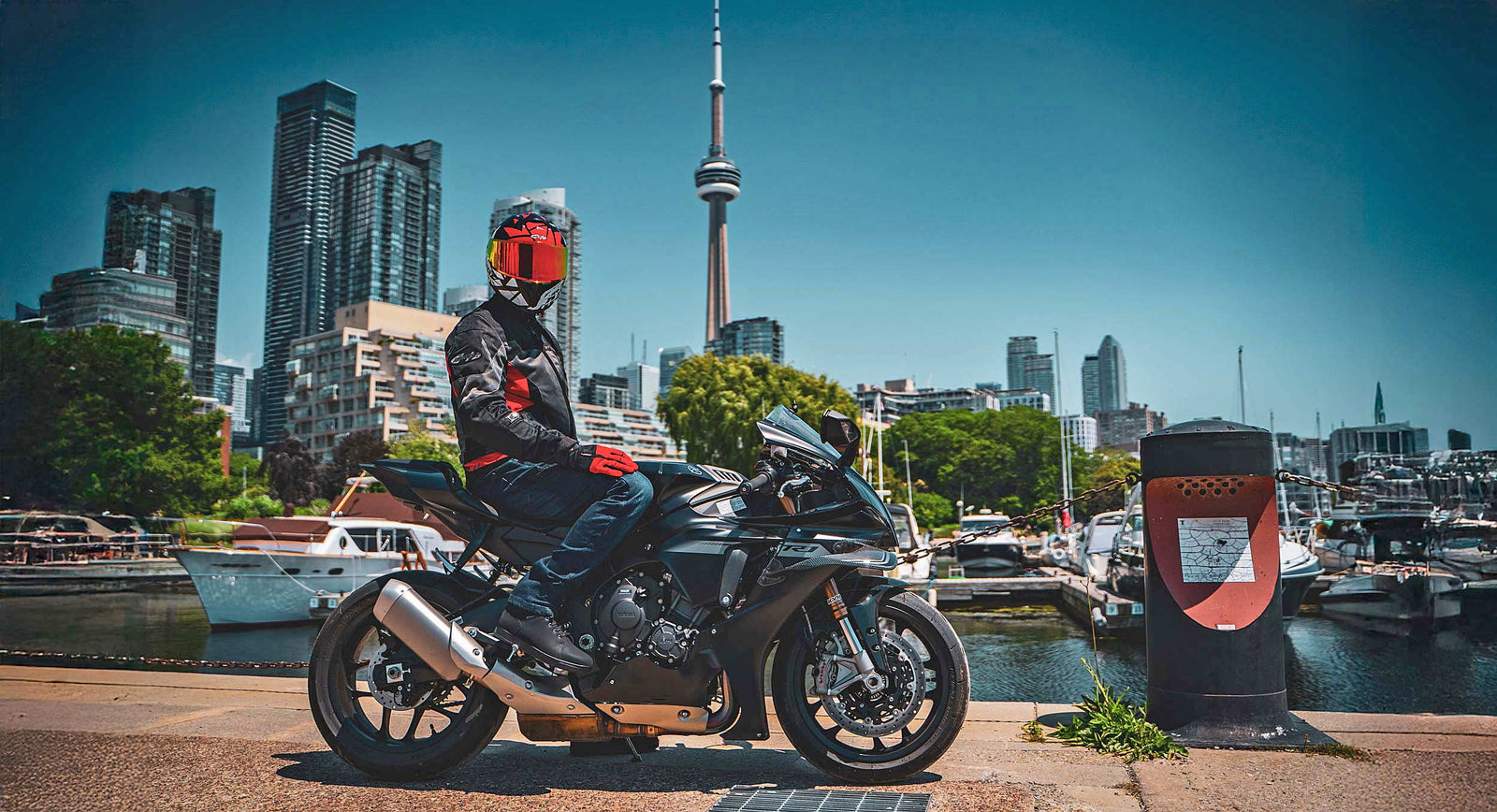
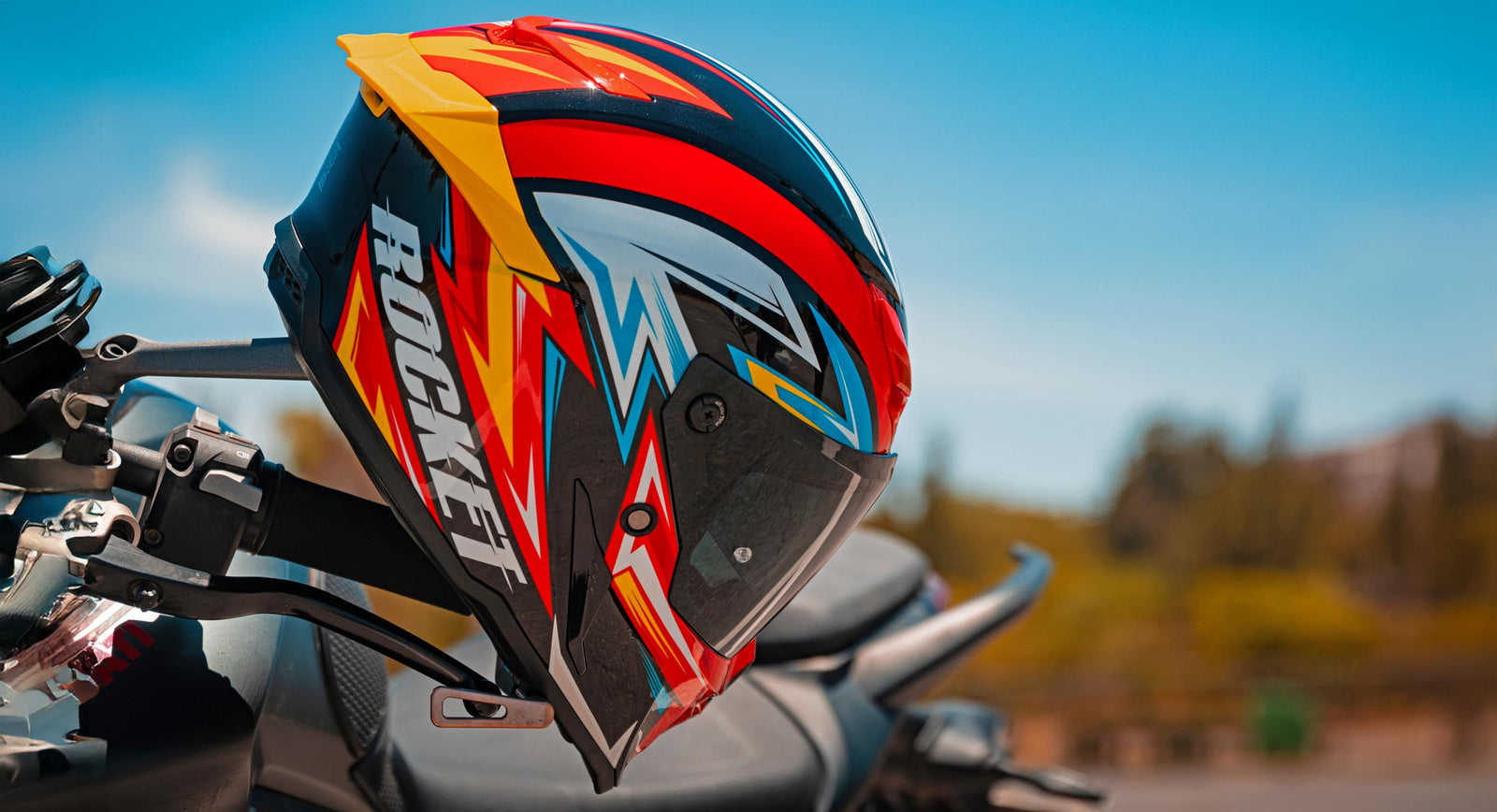

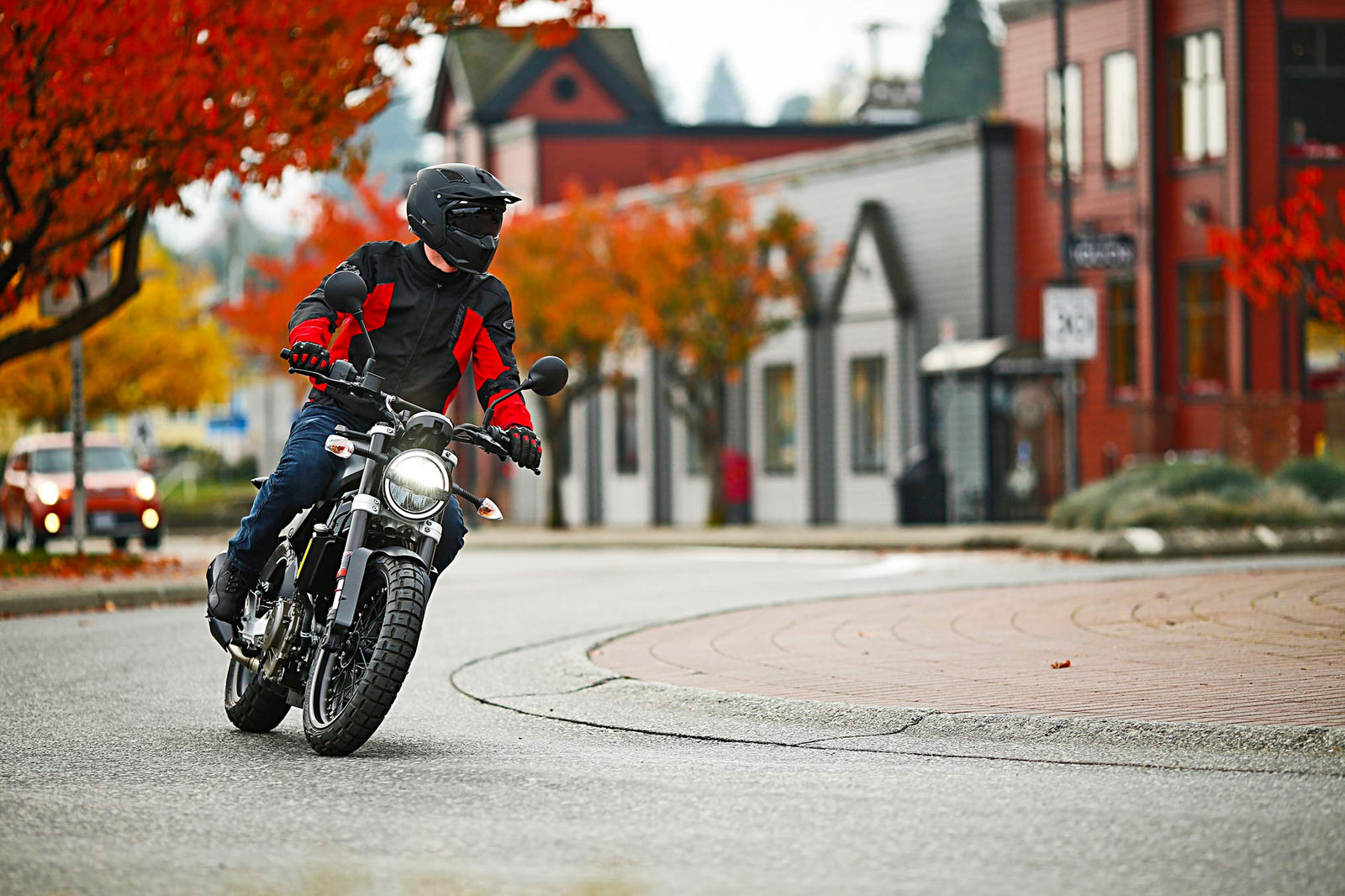
Leave a comment (all fields required)